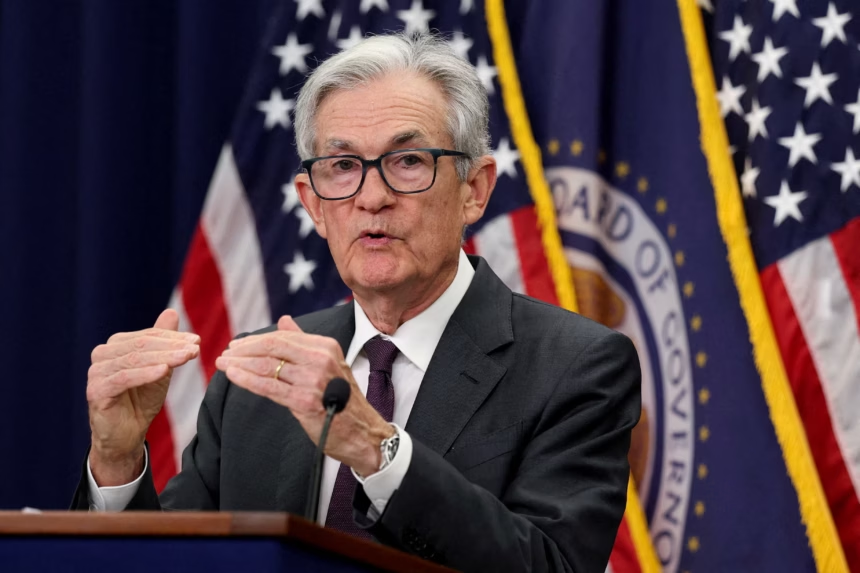Powell NABE Speech: Monetary Policy Signals and Rate Cut Hints
Background: Powell Addresses Economic Outlook at NABE
Federal Reserve Chair Jerome Powell delivered a closely watched keynote address at the National Association for Business Economics (NABE) conference in Philadelphia, offering detailed insights into the future direction of monetary policy. Markets closely monitored the Powell NABE speech for clues about potential adjustments to Federal Reserve interest rates and balance sheet policy before the upcoming Federal Open Market Committee (FOMC) meeting in two weeks.
Powell made it clear the Fed would rely on incoming data and ongoing risk assessments when setting monetary policy, reiterating the central bank’s dependence on economic data for decisions going forward. He also highlighted recent economic data, which, prior to the US government shutdown, suggested growth may exceed prior estimates.
Labor Market Developments and Inflation Concerns
Powell acknowledged that downside risks to the US labor market have increased in recent months. He stated, “Data since the July meeting show that the labor market has weakened significantly,” noting a decline in job growth. The Powell NABE speech indicated that, despite low unemployment, current job growth might not be enough to maintain job market stability.
On inflation, Powell noted that the rate remains above the Federal Reserve’s 2 percent target primarily due to temporary price hikes from tariffs. He pointed out, “The increase in commodity prices reflects tariffs rather than general inflationary pressures.” However, he warned that if customs duties linger, “the risk of slow transfer of customs duties is beginning to emerge as persistent inflation.”
Monetary Policy Outlook and Balance Sheet Update
During the keynote, Powell remarked that ongoing risks in the labor market could justify a rate cut as soon as September. He underscored that there is currently no “risk-free path for monetary policy,” requiring careful calibration between employment support and inflation control. Powell stressed, “If the Fed moves too quickly, its mission to fight inflation could be abandoned halfway through,” cautioning against premature policy shifts.
Powell also discussed the Federal Reserve’s balance sheet, revealing that reduction efforts may conclude in the coming months. He stated that officials will soon debate the structure of the balance sheet moving forward. Addressing policy tools, he reaffirmed that current mechanisms, including interest payments on reserves, continue to operate effectively. He directly addressed criticism, emphasizing that the claim “reserve interest is a burden on taxpayers is not true.”
Market Reaction and Looking Ahead
Powell’s NABE speech takes on added significance as it represents his last official address before decisive FOMC deliberations. Markets are closely parsing his statements for guidance on rate moves for the rest of 2024 and into 2026.
While the labor market shows signs of cooling, Powell stressed the importance of balanced and data-driven decisions. He noted, “We are not trying to hold the equilibrium level of employment constant; the standard error itself could be 50,000.” Future policy will seek to support both full employment and stable inflation, as the central bank navigates complex economic risks.
For more updates on Federal Reserve policy and financial news, visit Vizi’s cryptocurrency section.



















